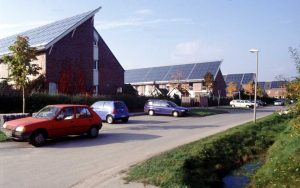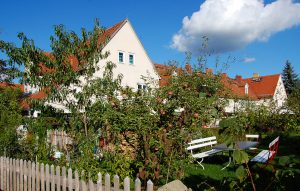
01109 Dresden: Hellerau is considered one of the early testimonies of modernism. With a spirit of experimentation, it bundled the various life-reform currents of the spirit of optimism of the early 20th century. Hellerau is considered the "nursery" of the Werkbund and a manifestation of its ideas. Completion: 1955
Size: 336 residential buildings were built between 1909 and 1913 according to the ideas of the garden city. However, the district has a total of about 900 WE for about 2,000 inhabitants.
Photo gallery from 1995 (about 37 photos, external):
www.stadtgrenze.de/...hellerau.htm
Built in 1911 to a design by Heinrich Tessenow, the Festspielhaus Hellerau is considered a precursor of the Bauhaus style and is thus of architectural historical significance.
Wood construction
Another special feature can be found in the street "Am Sonnenhang": here are different types of wooden houses that were designed and built between 1921 and 1939. Among them is the prototype of a prefabricated house by the architect Bruno Paul, the so-called "DE-WE-Plattenhaus 1018", that was built with constructions made of plywood boards in 1925. In addition, the so-called "Hellerauer Schatulle", the smallest wooden house of the architect Wilhelm Kreis with a living space of 50 m².
Hellerau is regarded as a pioneer in sustainable and environmentally conscious building, starting with its non-profit sponsorship, through the innovative design of the floor plans and furnishings of the houses, to the cost-conscious and partially industrialized construction method. The rationalisation principles of the architects, guided by typification and standardisation, are ascribed historical value in the quest for simplification and standardisation in housing development (Hermann Muthesius, 1920).

Publications
Nils M. Schinker (2013): "Die Gartenstadt Hellerau 1909-1945: Stadtbaukunst. Kleinwohnungsbau. Social and land reform". PhD at the TU Dresden
www.hellerau-buergerverein.de/...die-gartenstadt-hellerau-1909-1945
Eva M. Battis / Nils M. Schinker (2018): Gestaltungsfibel Gartenstadt Hellerau.
www.hellerau-buergerverein.de/...gestaltungsfibel-fuer-die-gartenstadt-hellerau
Links
Hellerau Festival Theatre: www.hellerau.org
www.hellerau-buergerverein.de
Gartenstadt-Gesellschaft Hellerau AG: www.ggh-ag.de/...gartenstadt-hellerau
Garden City Expansion: https://wolframbaltin.de/projekte1.html
www.stesad.de/gartenstadterweiterung_dresden_hellerau.html
www.bauwelt.de/...Laboratorium-einer-neuen-Menschheit-Gartenstadt-Hellerau-Dresden...
www.welt.de/...Es-gibt-ein-Leben-nach-der-Waldschloesschenbruecke.html
European Garden City Network
www.european-garden-city.net
Last Updated: December 3, 2020
Similar projects on sdg21:
All project/s of the planning office: Bruno Paul, Heinrich Tessenow, Hermann Muthesius, Richard Riemerschmid, Wilhelm circle; Urban region: Dresden and surrounding area; Country: Germany; Characteristics: Garden City, Cooperative, Ecovillage; typology: Settlement; Thematic: Building Exhibition, Monument protection, Deutscher Werkbund, Historic settlements and neighbourhoods before 1980, Self-sufficiency
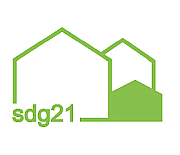
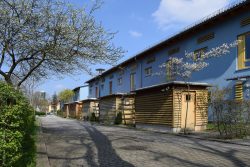
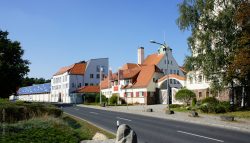
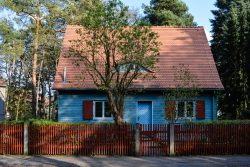


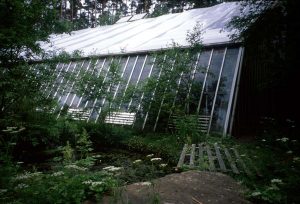


 12105 Berlin-Tempelhof: former hippie commune, today internationally recognized cultural center and large employer in the district. 18,566 sqm, self-managed cultural project, exists since 1979.
12105 Berlin-Tempelhof: former hippie commune, today internationally recognized cultural center and large employer in the district. 18,566 sqm, self-managed cultural project, exists since 1979.